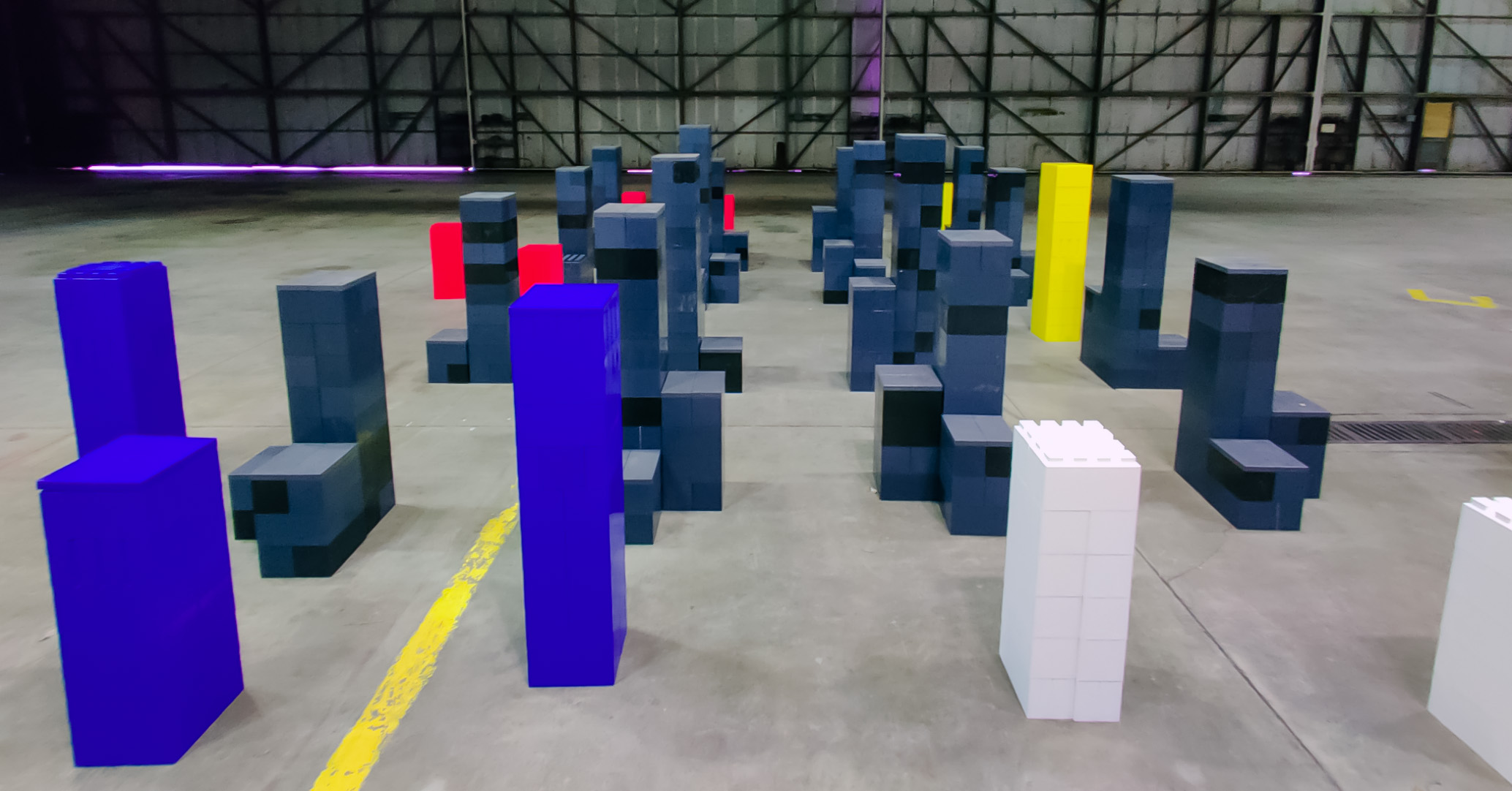Three international teams will compete in Purdue’s drone challenge
| Author: | Alan Cesar |
|---|
Three international collegiate teams will compete in a drone challenge at Purdue. Having triumphed against 10 others in the simulation portion of the competition, these three teams (from China, Italy and Poland) will test their pursuit, sense-and-avoid and navigation software in the largest indoor motion-capture environment in the world: the Purdue UAS Research and Test Facility (PURT).
These teams will compete at PURT, which is in Hangar 4 at Purdue Airport, on April 21 and 22, 2023.
- Highflyers, from Silesian University of Technology (Poland)
- EDrone, from Beihang University (China)
- Biorobotics, from The BioRobotics Institute - Scuola Superiore Sant'Anna (Italy)
This is the second year for the IEEE Unmanned Aerial Vehicle (UAV) Chase Challenge, and though it becomes more difficult each time, the overall process is the same. The first part of the competition is done in simulation, and the top three teams are invited to test their solutions in a physical environment.

“International contestants created software that could control a UAV to identify and track a ground rover, while avoiding obstacles,” says Kristoffer Borgen, a doctoral student and research assistant in Purdue’s School of Aviation and Transportation Technology.
“All the challenges occurred in the same ‘world’ with changes to the ease of rover identification, rover speed, and distraction rovers present in the most challenging trial. In addition, the competitors only have access to the onboard UAV computers which are restrained by weight, energy, and size.”
The obstacles, distractions and other parts of this challenge will be similar to the simulation, but teams won’t have the freedom of running endless attempts in a computer. They will have a limited number of runs to meet each goal inside a scaled-down urban landscape with a dozen buildings made of oversized Lego-style bricks.

“Two of the trials use a tunnel to break line of sight with the rover and require the drone to find the rover once it exits,” Borgen says.
Holding this inside the enormous PURT facility — a 20,000-square-foot area with 30-foot ceilings – doesn’t just eliminate weather as a factor that could influence the winner. The facility also allows judges to track the exact location of each UAV with millimeter precision, thanks to the 60 Oqus motion capture cameras installed inside.

